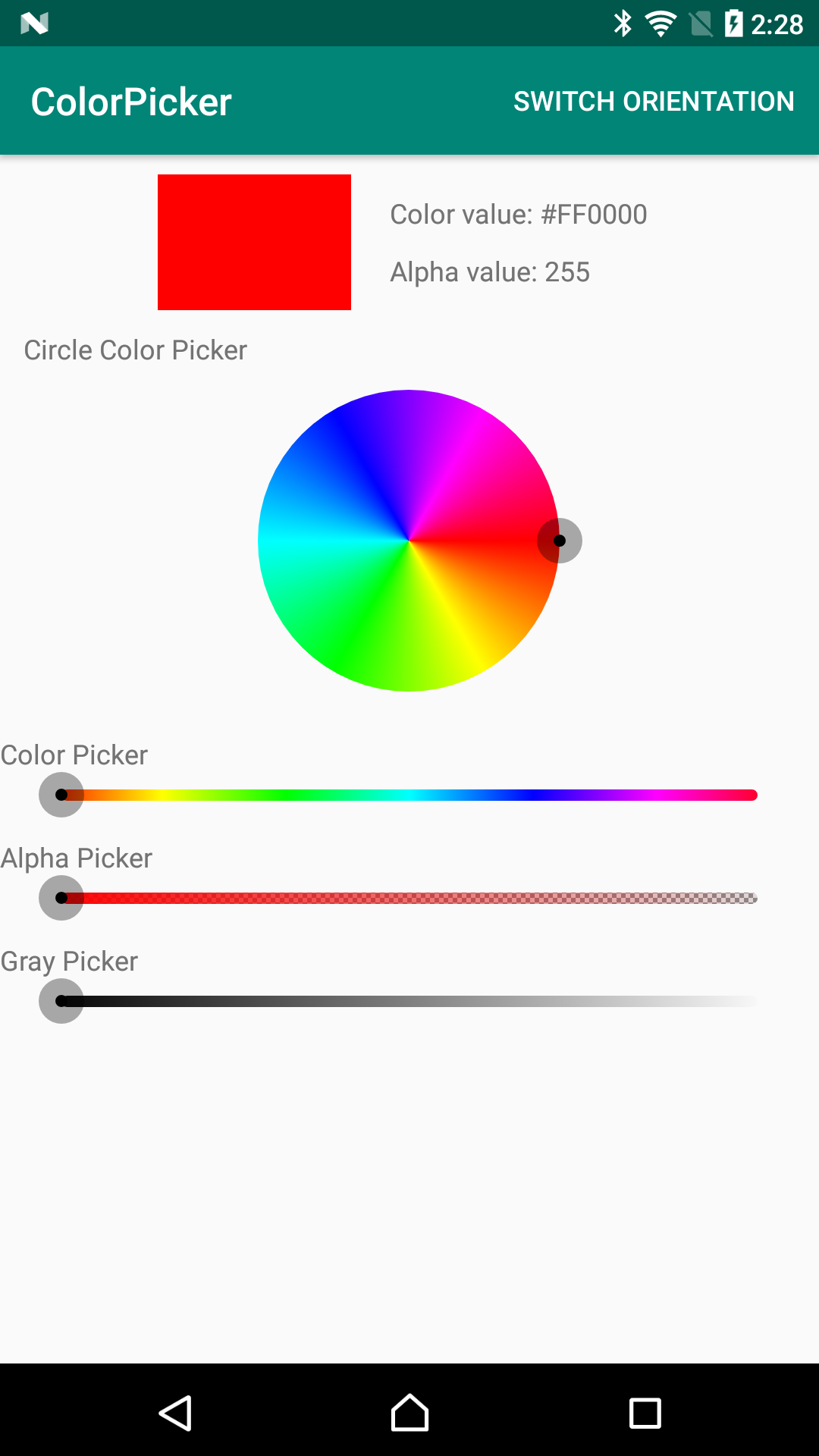

When one starts lying down on a bed and similar touching a healing Gatherable or Interacting When you land on ground after a longer (than normal jump) fall Triggered when consuming a consumable that has the attributed "edible" Triggered when consuming a consumable that has the attributed "drinkable" On top of that, there are some motion names which are automatically triggered by certain actions in the world: drink Since questions end in the question mark, this motion will triggered whenever you ask something. Wildcards are allowed too, so if you have a special 'raising eyebrow' motion for your body, you can have it be triggered from any question by naming it "*?". For instance, you can type "haha" to trigger a motion named "haha". So I drew light and heavy versions to serve as interpolation masters for a weight axis as well as high-contrast versions in both weights.You can trigger any motion by typing its name. The logo font was no longer distinctly recognizable as any of the tree original typefaces.

Once I had overcome the surprise and disappointment the generic nature of any of the instances between my three masters turned out to form a beautiful starting point for what I called Phase II. I should have seen this coming, the interpolation changed only very slightly along the axes defined by the three sources. I called the in-between fonts Akzivetica, Haasivetica and Akzihaas. In practice however it was disappointing how precious little diversity in shape my genius plan offered. This is actually what I had hoped for as a general starting point for the logo design, a typeface somehow resembling any of the sources but unlike any of them in the details. It turned out though that my three source typefaces are so similar in shape and appearance that the design space defined between them simply presented as a very generic grotesk without any noticeable variation in character. This would allow us to simply select favorites from amongst a boatload of automatically generated results. We would be able to regulate with decimal precision to what degree it would reflect the specific appearance of any of the three master typefaces. This way we would be able to harvest an unlimited number of different weights of a new typeface that would be a perfect blend between all three, classic typefaces. While interpolation is mainly used as production technology I realized that in this particular case it could serve me as a design tool to explore and visualize possible variations in shape, implied by the masters. Traditionally the type designer would digitize a Light master and a Bold master and then use interpolation to automatically generate the in-between weights (referred to as instances) Book, Medium and Semibold. The idea was that I would digitize the letters for the Helmut Lang logo off of every single one of the three letterpress specimens in a manner that would allow me to interpolate between them. I decided to reinvent the road we would travel and let the computer do the leg work. The classical method for this kind of design work is to draw a bunch of competing logos, select different directions and then to tweak and refine these, eliminating the weakest alternative at every iteration. I was hoping that these visual adjustments would add a pinch of subversive spice to letter shapes which were originally designed for a modernist, "neutral" appearance. In the times of letterpress printing letterforms were adapted for specific sizes to compensate for irregularities caused by ink spread, poor paper quality and the general differences in the human perception of type in different sizes. The cuts for the smallest optical sizes promised to carry most of the quirks I was hoping for. I visited the Herb Lubalin Study Center at the Cooper Union and with the help of the curator Alexander Tochilovsky found original letterpress specimens of early versions of three closely related typefaces Akzidens Grotesk, Haas Unica and Helvetica. So I decided to research the particular sliver of iconic, early grotesk metal typefaces that epitomize these attributes. It seemed that regardless of all the changes the logo had experienced through time it had always been a narrow, heavy sans serif in all caps with expansion contrast. Looking through the documentation made available to me I identified a number of characteristic features that seemed vital to evoke a sense of familiarity in the new logo.


 0 kommentar(er)
0 kommentar(er)
